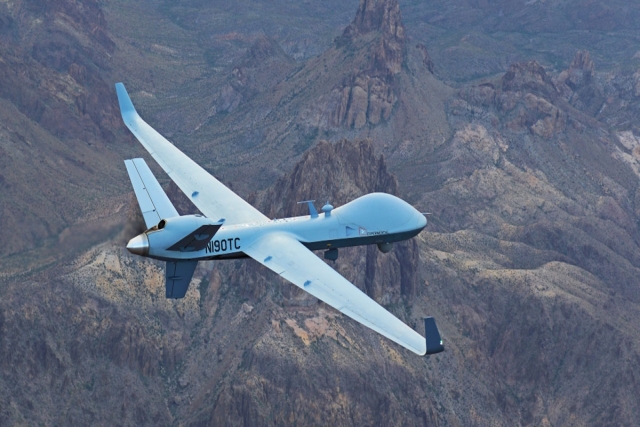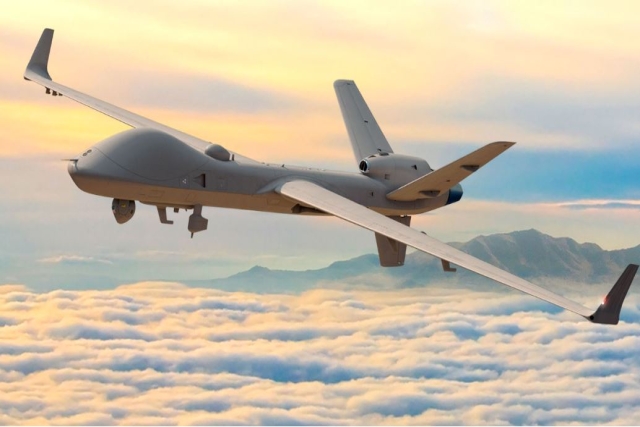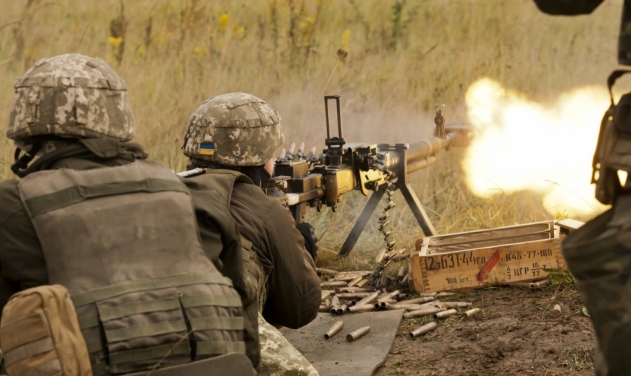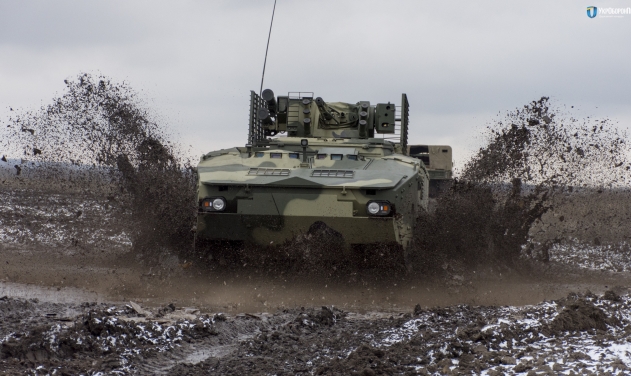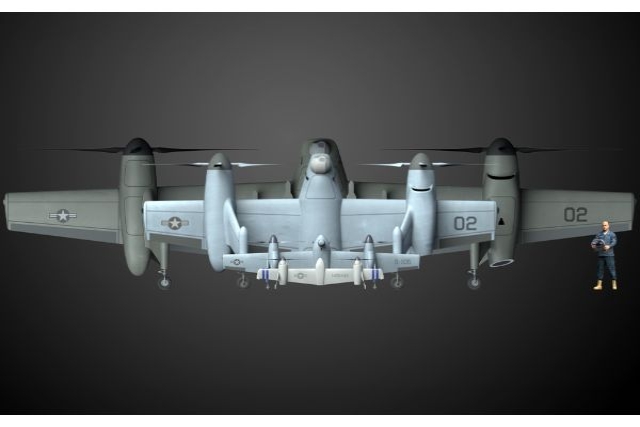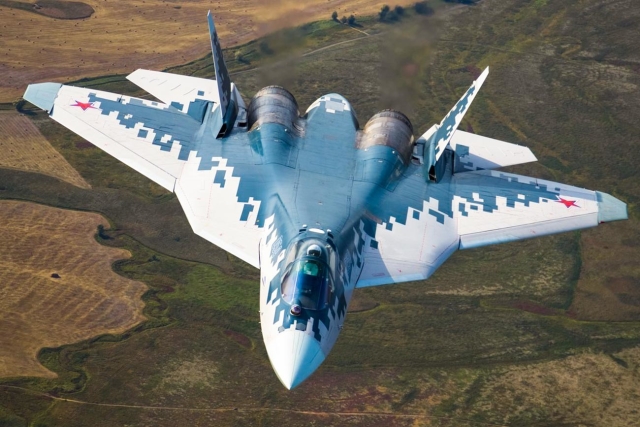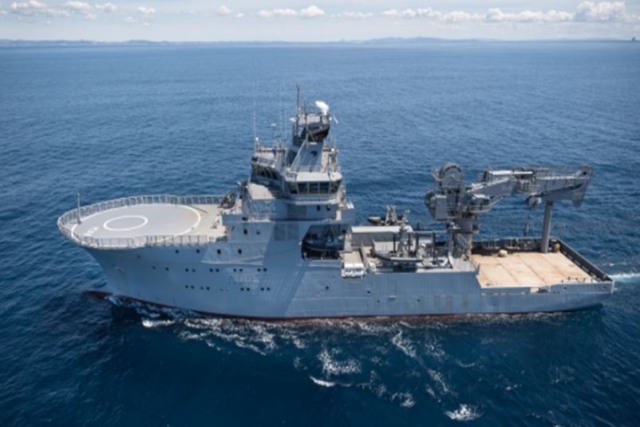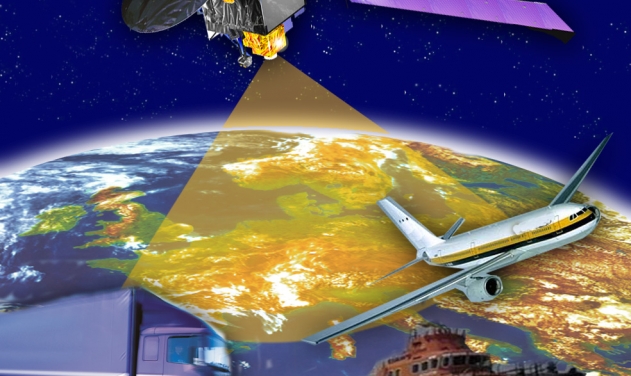General Atomics Completes Full-scale Fatigue Testing of MQ-9B Drone
The 40,000 hr testing is part of the aircraft certification to the NATO standard STANAG 4671
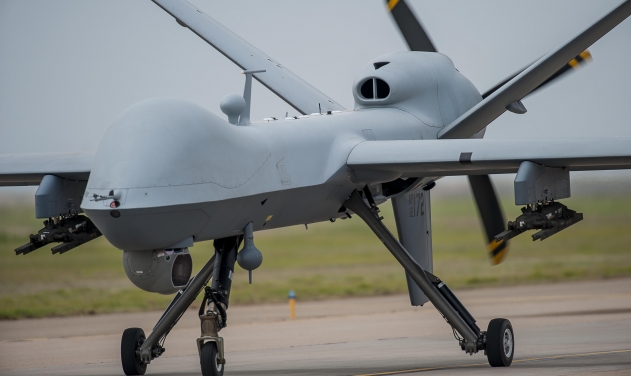
General Atomics completed a full-scale fatigue testing of an MQ-9B Remotely Piloted Aircraft (RPA).
The team completed the “first lifetime” of fatigue testing – which is equivalent to 40,000 operating hours – and represents an important step in validating the design of the airframe system. The testing is part of the aircraft certification to the NATO standard STANAG 4671, where the aircraft will ultimately be tested through three lifetimes, thereby proving the 40,000 hour lifetime of the airframe.
The full-scale fatigue test simulates the aircraft’s design service through the application of repeated structural loading on the assembled airframe. The testing identifies any potential structural deficiencies ahead of fleet usage and assists in developing inspection and maintenance schedules for the airframe.
The results of the test will be used as a part of the documentation for certification, as well as form the basis for in-service inspections of structural components.
“Full-scale fatigue testing is an integral part of validating the airframe design and a key input to the certification of the airframe prior to going into service,” said Chris Dusseault, Vice President of MQ-9B in Europe. “The completion of the fatigue test builds confidence for our MQ-9B customers that the SkyGuardian/SeaGuardian airframe meets the stringent design rigor and is a mature system at Entry into Service.”
The testing is the validation of years of design and analysis efforts. This is the first of three lifetimes of testing for the airframe. Two of the lifetimes simulate the operation of an aircraft under normal conditions, and the third lifetime has intentional damage inflicted on the airframe’s critical components to demonstrate its resistance to operational damage that may occur in the lifetime of the air vehicle.
Testing was conducted Dec. 13, 2022-Dec. 5, 2023, at Wichita State University’s National Institute for Aviation Research in Wichita, Kan. The airframe tested is a production airframe purpose-built to support the test campaign.
